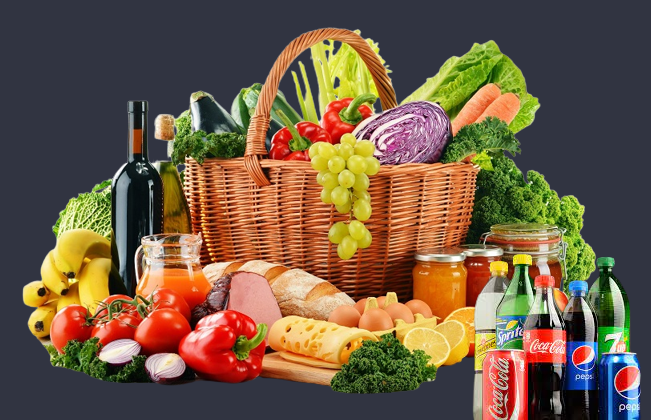The food and beverage business is a vast industry that encompasses everything from fast-food chains to high-end restaurants, coffee shops to juice bars, and everything in between. This industry is a significant contributor to the global economy, generating trillions of dollars in revenue every year. It is a sector that is constantly evolving, driven by changing consumer preferences and technological advancements. In this article, we will explore the various aspects of the food and beverage business, including its history, current trends, challenges, and future prospects.
History of the Food and Beverage Business
The history of the food and beverage industry dates back to ancient times when people started cultivating crops and domesticating animals for food. However, it was not until the Middle Ages that the concept of restaurants emerged. The first restaurants were established in France in the 18th century, and they quickly spread to other parts of Europe and North America.
The Industrial Revolution brought significant changes to the food and beverage industry. The invention of canning and refrigeration technologies made it possible to preserve food and transport it over long distances, thereby opening up new markets for food producers. The growth of the railway and steamship industries also facilitated the movement of food across countries and continents.
In the 20th century, fast-food chains emerged, catering to the needs of busy consumers who wanted quick and affordable meals. The 21st century has seen the rise of new trends, such as farm-to-table dining, plant-based diets, and the use of technology in food preparation and delivery.
Current Trends in the Food and Beverage Business
The food and beverage industry is continually evolving, and several trends are currently shaping its landscape. One of the most significant trends is the demand for healthy and sustainable food. Consumers are increasingly aware of the impact of their food choices on their health and the environment. They are opting for plant-based diets, organic foods, and locally sourced ingredients.
Another trend that is transforming the industry is the use of technology. Restaurants are adopting digital solutions such as online ordering, mobile apps, and tableside tablets to enhance the customer experience. They are also using automation and robotics to improve efficiency in food preparation and delivery.
The COVID-19 pandemic has also had a profound impact on the food and beverage industry. With the closure of restaurants and other food service establishments, consumers have shifted towards online ordering and home delivery. This trend is expected to continue even after the pandemic subsides, as consumers have become accustomed to the convenience of these services.
Challenges in the Food and Beverage Business
Despite its size and importance, the food and beverage industry faces several challenges. One of the biggest challenges is food waste. According to the Food and Agriculture Organization (FAO), one-third of all food produced in the world is wasted, with significant environmental and economic implications. The industry needs to find innovative ways to reduce food waste and increase efficiency in the supply chain.
Another challenge is the increasing competition in the market. With the rise of online food delivery platforms and the proliferation of new restaurants and food service establishments, businesses need to differentiate themselves and offer unique value propositions to attract and retain customers.
The industry also faces challenges related to labor shortages, rising costs of ingredients and supplies, and changing regulations and policies.
Future Prospects of the Food and Beverage Business
The future of the food and beverage industry looks promising, with several opportunities for growth and innovation. One of the most significant opportunities is the demand for healthy and sustainable food. As consumers become more health-conscious and environmentally aware, businesses that offer healthy and sustainable food options are likely to see increased demand.
Another opportunity is the use of technology to enhance the customer experience and improve efficiency. Restaurants can leverage digital solutions such as artificial intelligence, robotics, and automation to streamline their operations and offer personalized services to customers.
![]()





